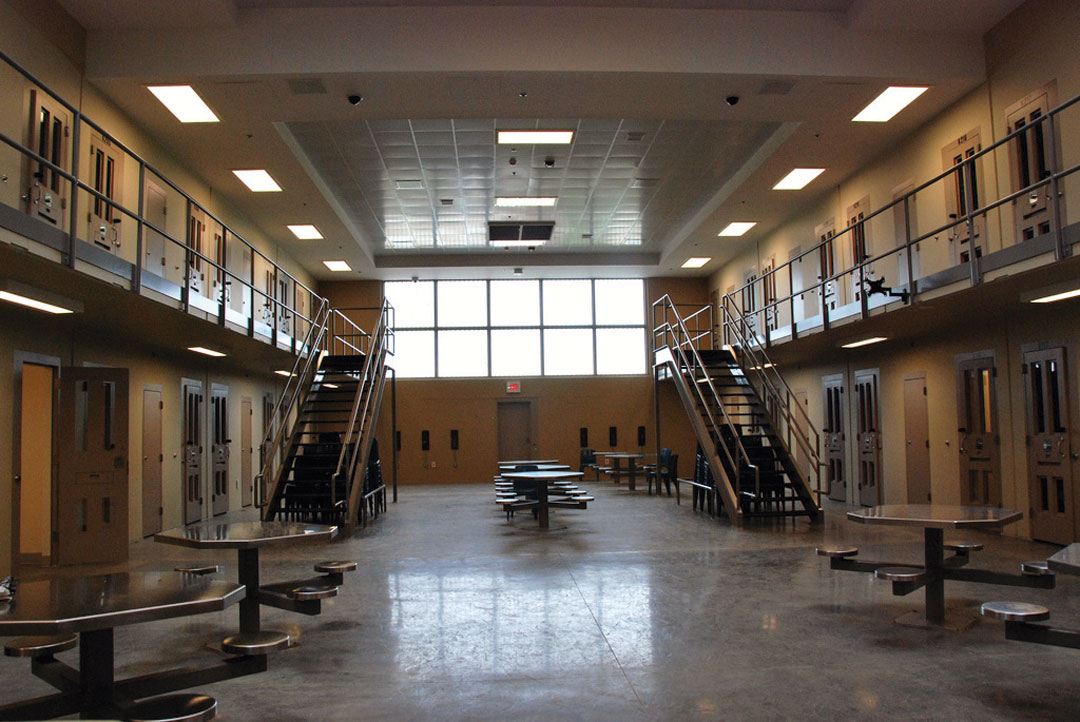
07 Feb Pell Grant Funding & Higher Education in Prison: The Benefits
In the last article, we looked at how fear and political maneuvering can prevent academic integrity and dictatorial policies can preclude core objectives of higher education such as critical thinking, adaptation and autonomy. In this last instillation, we will take a look at some of the positive applications and benefits that may result from Pell Grant funding and how education in prison contributes to greater human flourishing.
Application 1: Increased Learning and Reentry Readiness
According to the Alliance for Higher Education in Prison (HEP) national database, there are 406 HEP programs nationwide. Programs range from degree granting to vocational and technical education. The majority of HEP programs are in person, taught at each facility. There are a handful of correspondence programs, but most limit themselves to a specific state. Adams State University, for example, continues to lead in credit-bearing correspondence courses for anyone in prison.
Starting in July of this year, more than 760,000 incarcerated people will become eligible to apply for Pell Grants. An increased number of eligible folx means increased educational opportunities. To become a Pell Grant recipient site, HEP programs need to apply and receive approval from the state Department of Corrections (DOC) or federal Bureau of Prisons (BOP) and the Department of Education (DOE). The new regulations limit participation to accredited-only programs, non-profit programs or for-profit programs that follow the 90/10 rule. A program need not grant a degree but can also include for-credit and non-credit courses.
The higher-education industry that looks to increase access most easily is community colleges that are already operating numerous HEP programs like high school equivalency, vocational training and certifications. Because community colleges have accredidation, developing new in-prison or correspondence-type educational opportunities from already existing on-campus options will increase access for incarcerated students.
Unfortunately, people serving lengthy sentences usually don’t have access to these programs.
One of the most concerning problems with education in prison is the limited access for people serving longer sentences. Most HEP programs do not admit people who have sentences longer than 10-15 years. But nationwide, 57% of people are serving a sentence longer than 10 years. However, with Pell reinstatement, academic eligibility stands to become the target for programs to expand requirements beyond sentence length.
Schools benefit from Pell funding so state and federal agencies will have more impetus to approve programs widely. And because research shows reduced recidivism for those who completed an educational program, DOCs will likely adjust strategies to include more participation.
Education programs in prison provide broad career readiness whether through soft skills, manual labor or higher education. In fact, recent initiatives such as Honest Jobs, which focuses on second chance hiring, are becoming more prolific. This will help create better access to employment opportunities for returning citizens.
As more people are leaving prison credentialed with significant experiences preparing for employment like resume preparation, interviewing skills and community connections through certification, reentry can begin to focus more on connecting people to viable work and living wages rather than focusing primarily on stability services such as documents, housing or basic necessities.

Application 2: Increased Jobs
The benefits of increased employment possibilities for people getting out of prison because of more higher education in prison stand to improve recidivism and further prison reform efforts. Most returning citizens have serious hurdles to overcome in preventing a new conviction. Most obstacles people face are a product of broken and unjust systems. But job readiness and immediate employment can reduce them substantially.
Approximately 650,000 people are released from prison every year. Two-thirds return to prison. However, new research studies show decreased recidivism in multi-variate models of reentry; namely those who have three to five areas upon release rather than just employment (no illicit drug use, intimate partnership and coparenting during incarceration, employment and financial support for child).
Another positive application related to increased employment involves fields that are either suffering significant reduction or increase such as higher education or technological industries, respectively. As more colleges close post-COVID, reduce faculty or move programs online, finding or sustaining employment becomes more and more challenging.
However, if colleges redesign strategies to center online or correspondence methods of delivery, they may have better longevity thereby reducing staff loss. Pedagogies like this are not without their critiques, typically among educational elitists who maintain power structures or diminishing diversity initiatives.
Tech companies have the most to gain and are already taking advantage of higher education in prison.
Tech industries have the most to gain through increased educational opportunities as tablet technology providers expand and competition increases. For example, with the passing of the Martha Wright-Reed Just and Reasonable Communications Act and the inevitable crack down on communication extortion behind bars, new tech companies who are more justice centered could rapidly increase.
Opportunities to benefit the public sector grow instead of the few leading companies continuing to line their private pockets. Already companies like ADPS, Reconnect, Google and Amazon offer free programs for incarcerated people to decrease prison populations instead of profiting from them.

Application 3: Increased Awareness and Advocacy
Reducing recidivism dominates the research on prison reform. And, as discussed previously, this goal remains nebulous with few legitimate metrics. Though numbers speak most directly when supporting policy changes, the sociological and psychological results of prison education are perhaps more significant when advocating for increased program availability.
When someone in prison begins an educational program, they become a “cultural asset” to their communities, inside and outside. Because education expands horizons, encourages critical thinking, and requires heuristics, the changes that occur in one’s mindset cannot be overlooked.
Another growing “commodity” are prison-writing outlets. Organizations such as PEN America and The Marshall Project have long centered the voices from the inside. But with increasing awareness in the public sector about the injustices of the prison industrial complex, mass incarceration and the school-to-prison pipeline, prison reformers are finding voice from the inside. Now, society can hear behind the fence from those directly impacted whether through “prohibited” social media accounts, prison journalism, newsletters or educational outlets that present the work of their inside students. People are using their education and entrepreneurship to raise awareness and increase advocacy even before they get out of prison.
Perhaps the greatest benefit of education for incarcerated people is that it produces a more equitable society; a society that values education as a basic human right and seeks to expand access toward better inclusivity. Statistics reveal 68% of incarcerated people did not finish high school, which is significant when compared to the national average where only 18% of folx did not finish high school. Though there are complicated factors and systems that contributed to the dropout rate and subsequent incarceration, philosophers throughout time developed theories of learning, defending the importance of education for individuals, families, communities and societies.
Education reduces inequity, creates empathy and makes you a better human being.
Regardless of one’s philosophy of incarceration, whether retributive, rehabilitative or restorative, education plays the primary role on every level of human development. The importance of increasing educational programs in prisons relies on changing the narrative from school as a privilege to school as a right. Though conservatives often push back on programs that reduce inequities, education remains an almost neutral force because learning and development are part of what makes one human.
Education, of course, provides skill and resources. But more importantly, education produces empathy. It may be easy for some to dismiss the atrocities inside prison (solitary confinement, corruption, violence, death by suicide, etc.) and blame the retaliatory consequences on someone’s personal choice in the name of “justice.” It may be even easier to forget the 2.3 million people incarcerated in the U.S. when we don’t acknowledge systems that don’t affect us as individuals. No one should have to hear their loved one tell them dehumanizing oppression is a consequence of their “crime.” Yet, this narrative is all too common.
Most of the smartest, most resilient, most compassionate critical thinkers I know are incarcerated. They’ve spent their time learning, striving, educating themselves not because they were forced to complete some requirement that guarantees they will stay out of prison but rather because, for often the first time in their lives, they escaped their own cave.
When we reduce barriers to education, everyone benefits. We become better people, better communities and better citizens. One’s right to an education shouldn’t be defined by how deserving they may or may not be. Human flourishing depends on a quality education. For this reason, the return of Pell Grant funding contributes greatly to a more “just” society.

